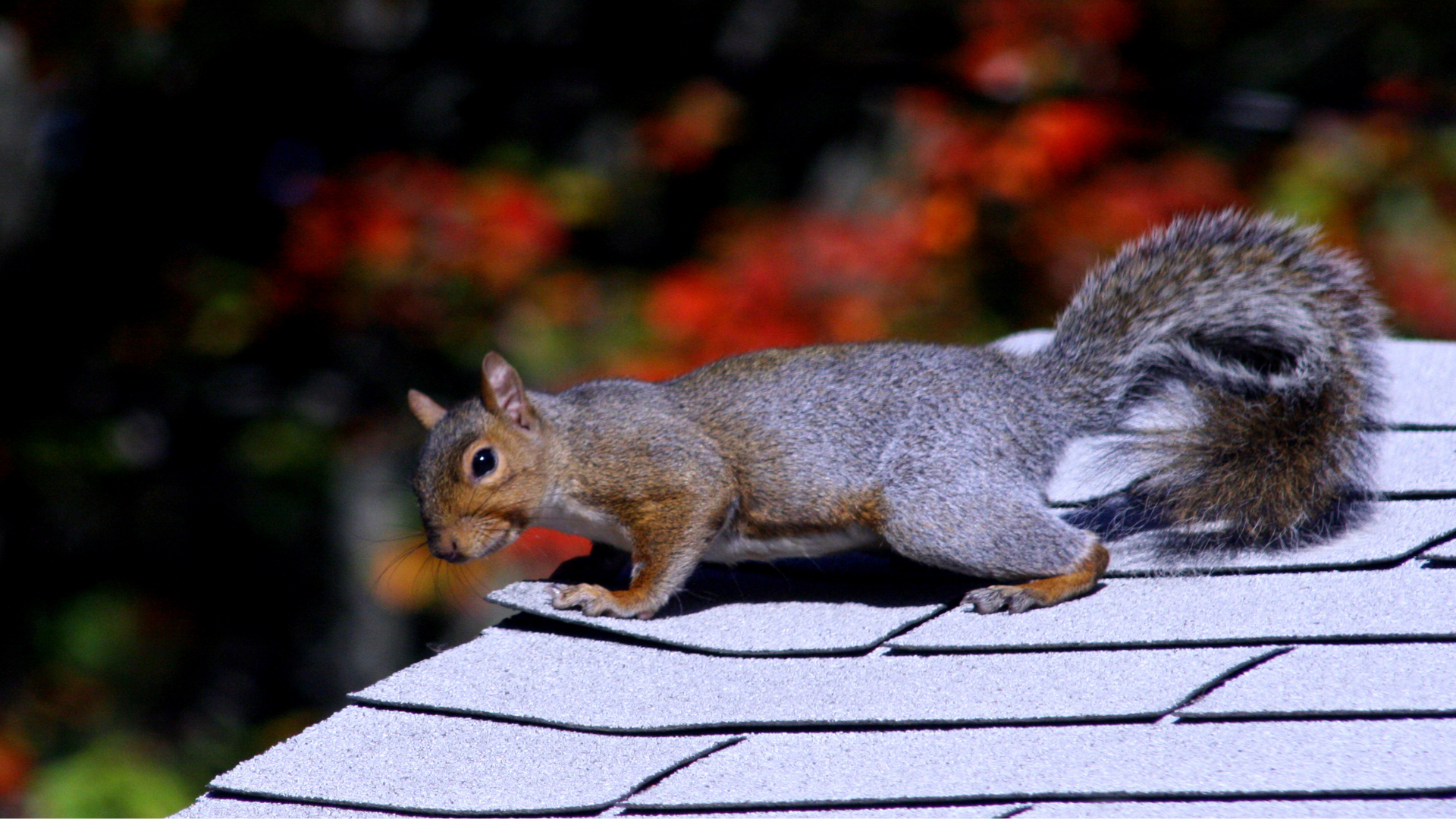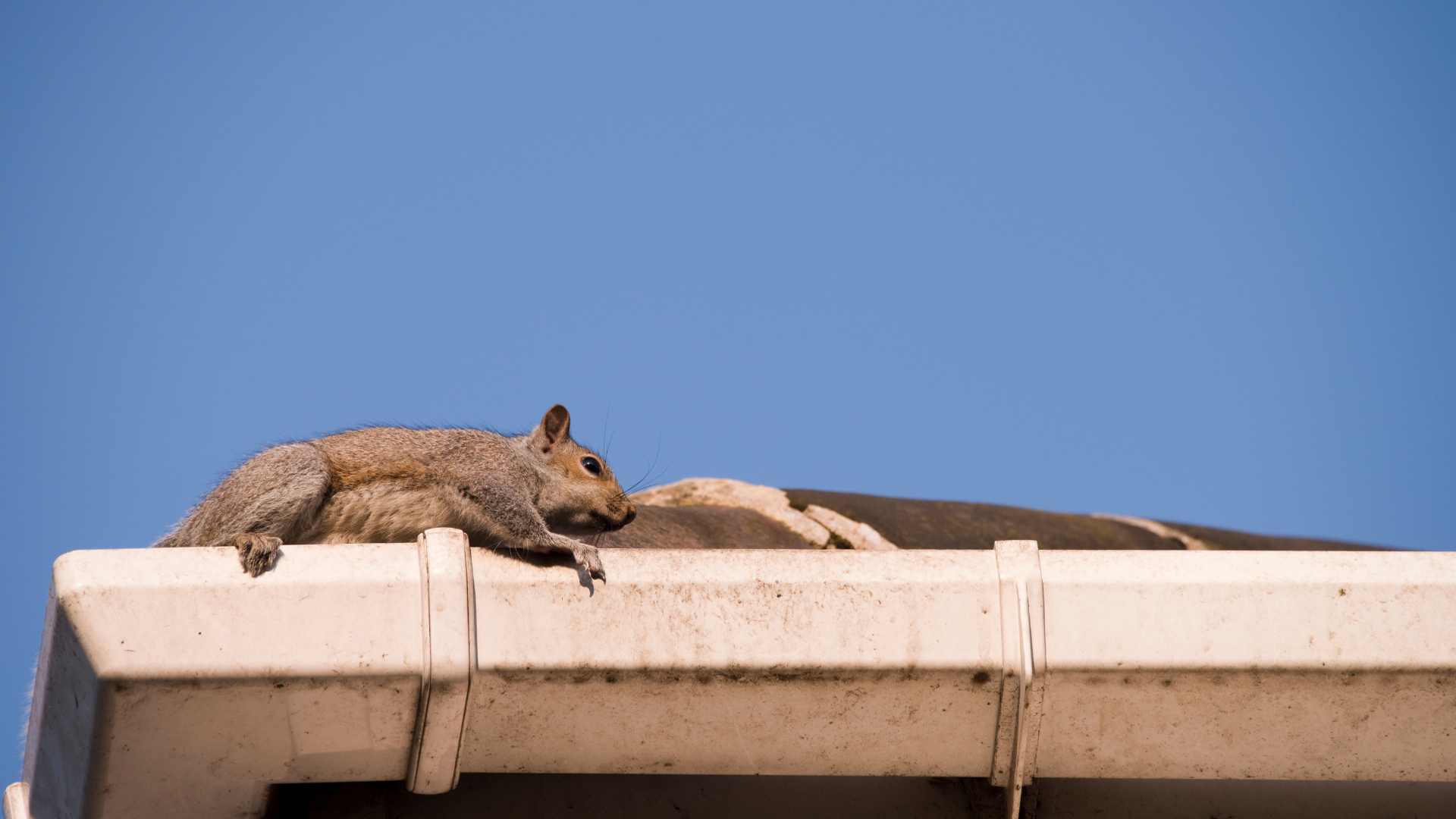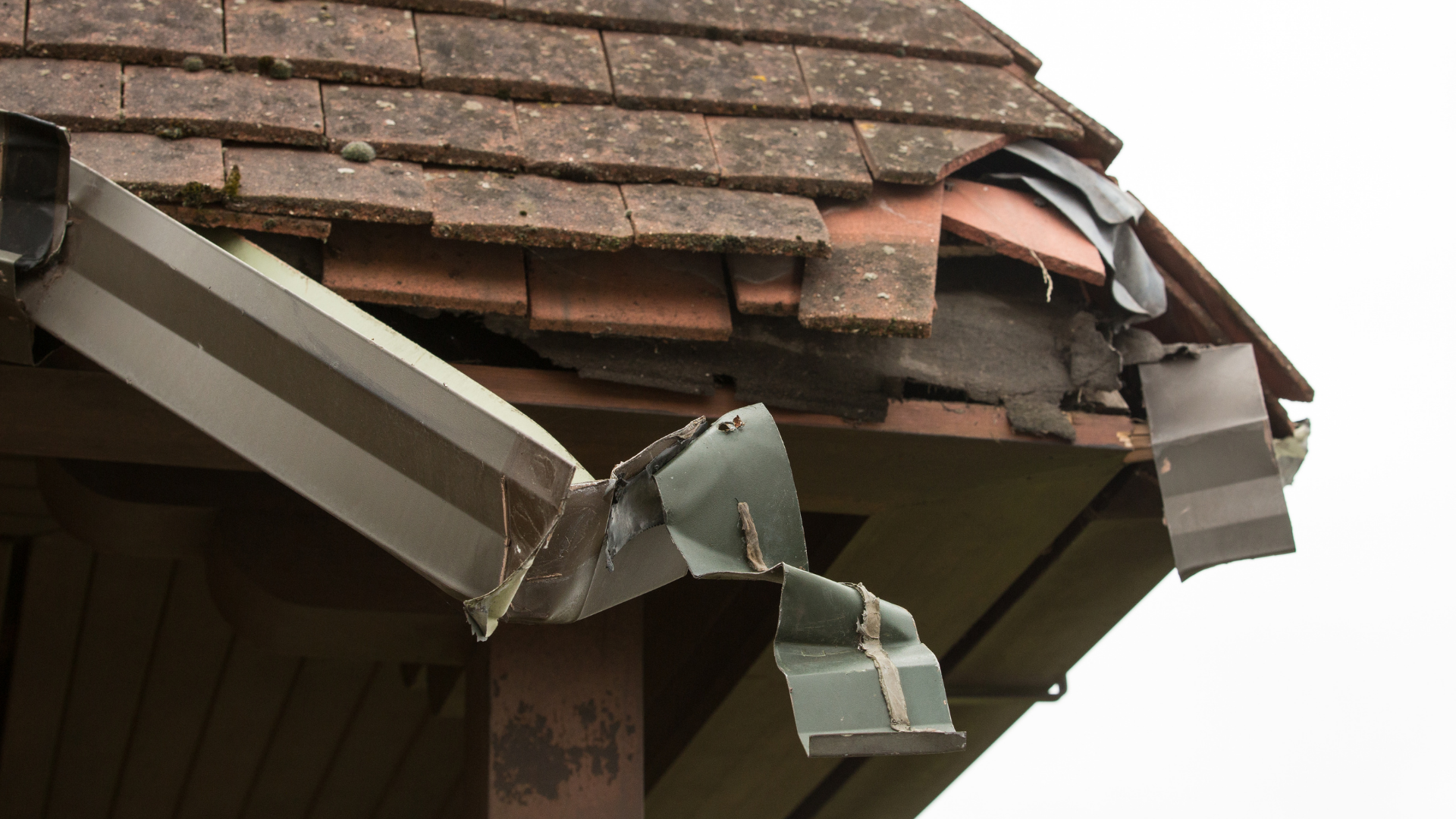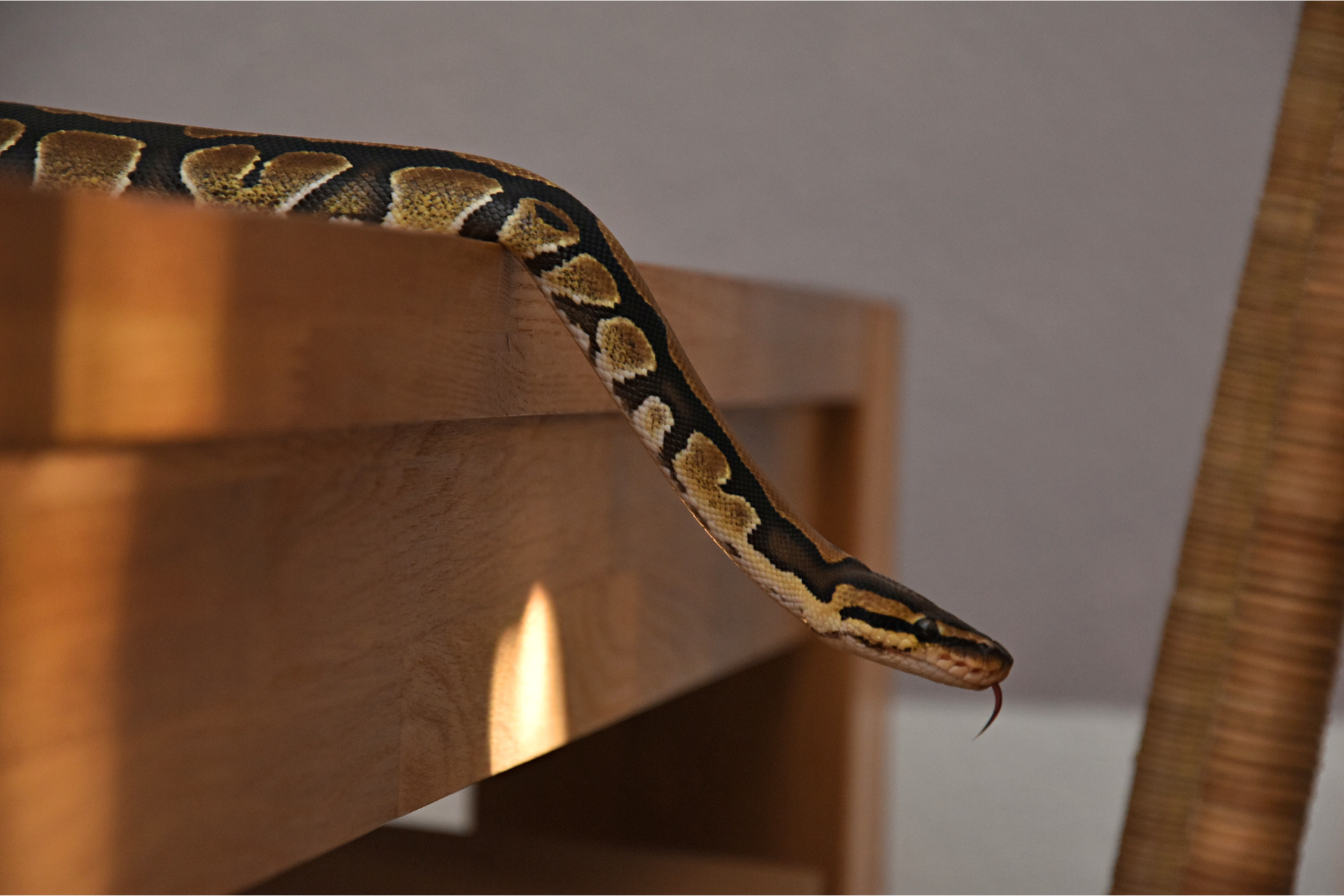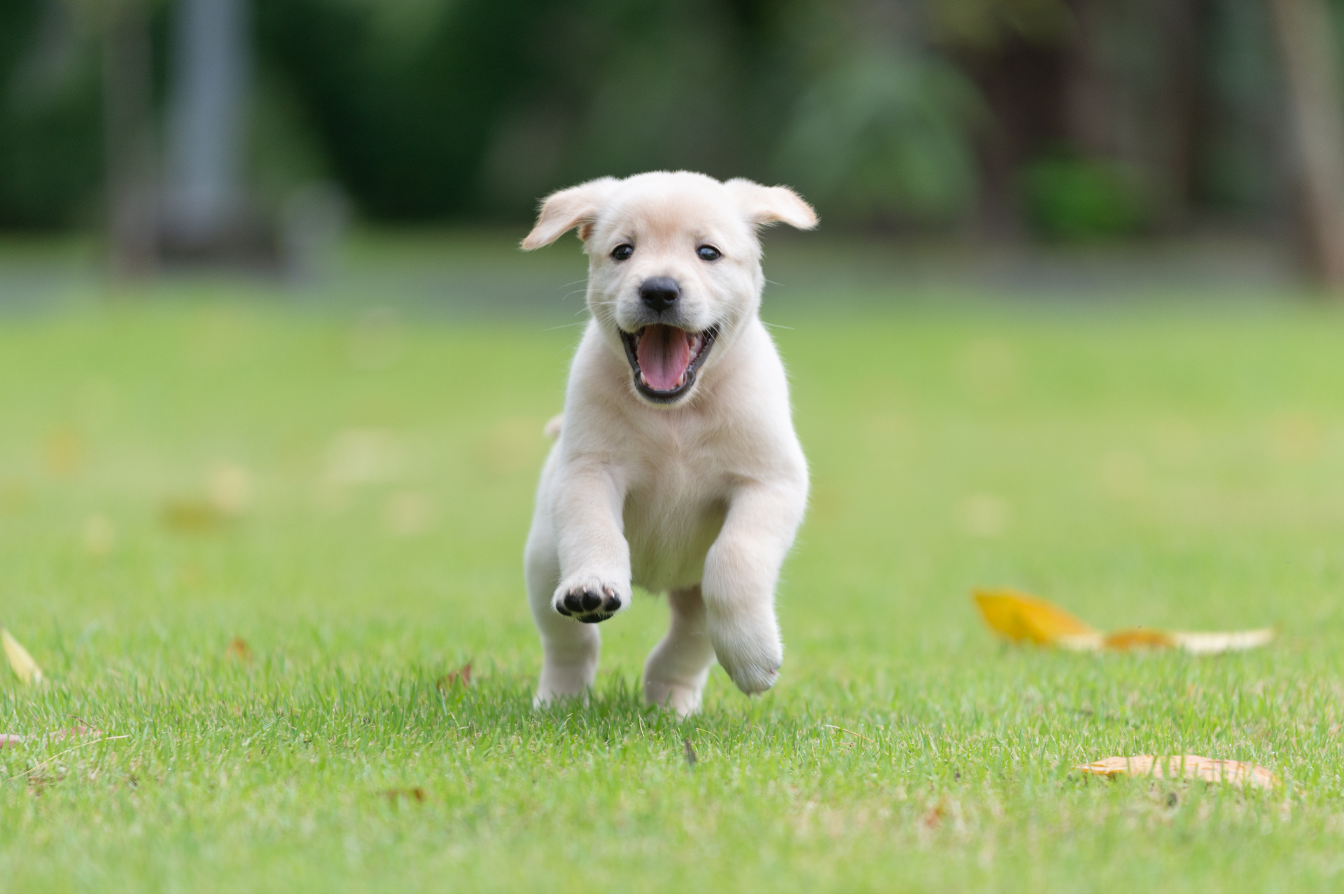How Wildlife Infestations Affect Pets
Dangers Wild Animals Pose To Dogs And Cats
Wild animals and domestic pets aren’t meant to coexist under the same roof. When wildlife moves in uninvited—into attics, crawlspaces, under decks, or even inside walls—it’s not just the property damage or human health concerns that should raise red flags. The impact on household pets, those four-legged family members we adore, often flies under the radar until real trouble starts. Wildlife infestations stir up more than a little noise in the night. They introduce a storm of disease, tension, and territorial conflict that can quickly escalate into a full-blown health issue for the pets that live alongside us.
Unseen Threats: Disease Transmission And Shared Spaces
Many wild animals bring along a slew of pathogens that don’t just pose a problem to humans—they can be downright dangerous to cats and dogs, too. Rodents are infamous carriers of leptospirosis and hantavirus, both of which can be passed to pets through contaminated water or contact with urine and feces. Raccoons frequently carry roundworms, and bats are known for transmitting rabies. The risk isn’t always direct, either. Pets that investigate nesting sites or areas where wildlife has left droppings might not get bitten, but they can easily ingest or absorb harmful bacteria.
Fleas, ticks, and mites are another part of the problem. Wildlife like opossums and squirrels often act as hosts for these parasites. Once they establish a presence in or around your home, they can quickly hop onto your pets, bringing with them a cascade of issues ranging from skin irritations to more serious conditions like Lyme disease or flea-borne typhus. For pets with allergies or compromised immune systems, even a minor exposure can turn into a prolonged health battle.
What complicates matters is how easy it is to overlook these transmissions. A pet scratching a little more than usual or refusing food for a day might not immediately seem connected to the raccoon rummaging through the attic. By the time the pieces are put together, the damage may already be done. The longer wildlife remains in or near the home, the more those pathogens spread—and pets, curious and territorial by nature, are often the first to come into contact.
Tension At The Boundary: Aggressive Encounters
Not all animals are content with hiding out in the shadows. Some become bolder the longer they hang around. If a pet stumbles across a cornered or defensive intruder, it can trigger an aggressive reaction. Raccoons, for example, are notoriously confrontational when they feel threatened. Skunks can spray from several feet away, and their chemical defense can linger for days, not to mention cause intense irritation or even temporary blindness. And larger wildlife like coyotes or foxes, though less common inside homes, can still venture into backyards and come face-to-face with unsuspecting pets.
Even smaller animals can be surprisingly fierce. A squirrel protecting its nest or a mother opossum with young will defend its space aggressively, even against a much larger animal. These fights can lead to puncture wounds, scratches, or infections that aren’t always visible right away. An outdoor cat might return limping, or a dog could start displaying odd behaviors after a scuffle, but unless the incident was witnessed, it's hard to tell what actually happened.
The threat doesn’t just come from direct contact, either. The stress of sensing an animal nearby—through sounds, smells, or movement—can create lasting anxiety in pets. Dogs may bark nonstop at walls or ceilings, while cats might hide or become more skittish. These behavioral shifts often get misread as quirks or age-related changes when they’re actually a response to a perceived intruder. Pets are tuned in to things we don’t notice, and when wildlife lingers, their instincts go into overdrive.
The Fight For Food And Territory
Another ripple effect of having wildlife nearby is the competition it creates for resources. Wild animals aren’t picky. If they smell pet food—even the dry kibble tucked away in a garage—they’ll do what they can to get to it. This not only leads to contamination, but also encourages wildlife to stick around. Once they associate your home with an easy meal, they become bolder and more persistent.
That competition isn’t just limited to pet food. Birds and mammals alike will try to access water dishes, shelter spaces, and even pet bedding if given the chance. The overlap creates territorial confusion for household pets, who might act out or become distressed when they realize something else is using their stuff. This kind of stress might show up as refusal to eat, changes in bathroom habits, or even uncharacteristic aggression.
There’s also the risk of nutritional theft. If a dog or cat is sharing their food—even unknowingly—with wildlife, their dietary needs might not be fully met. Over time, this can lead to weight loss, nutritional deficiencies, and secondary health issues. And because most pet owners don’t expect a raccoon or rodent to be helping itself to the pet’s bowl late at night, these gradual changes often go unnoticed until they become serious.
Beyond that, certain wild animals are known to mark territory with scent or droppings, creating even more confusion and anxiety for pets. A dog might obsessively sniff or scratch a certain area of the yard, or a cat could begin spraying indoors in response to the presence of an unfamiliar animal’s scent. These behaviors, frustrating as they can be, are actually signs that your pet feels like it’s in a contested space.
The impact of wildlife on household pets isn’t just about a few uncomfortable interactions—it’s part of a larger pattern that can affect long-term health and behavior. While most people are quick to address infestations because of property damage or noise, what happens to pets in the background often deserves just as much attention. From disease and parasites to stress and aggression, pets can carry the invisible weight of living alongside uninvited wildlife for far too long.
At Wildlife Resolutions, we take a comprehensive approach to removing wildlife and preventing future problems—not just for homeowners, but for the pets that share those spaces. When we’re called in, we don’t just trap and remove; we assess the full picture, figure out what attracted the animals in the first place, and seal off entry points to make sure they don’t come back. Pets deserve to live in a place that’s calm, healthy, and free from the hidden dangers that wildlife can bring with them. If you’ve seen signs of animals in your attic, walls, or yard—or if your pet has been acting strangely and you’re not sure why—contact
Wildlife Resolutions today. We’re here to help you reclaim your space and give your pets the peace they need.


